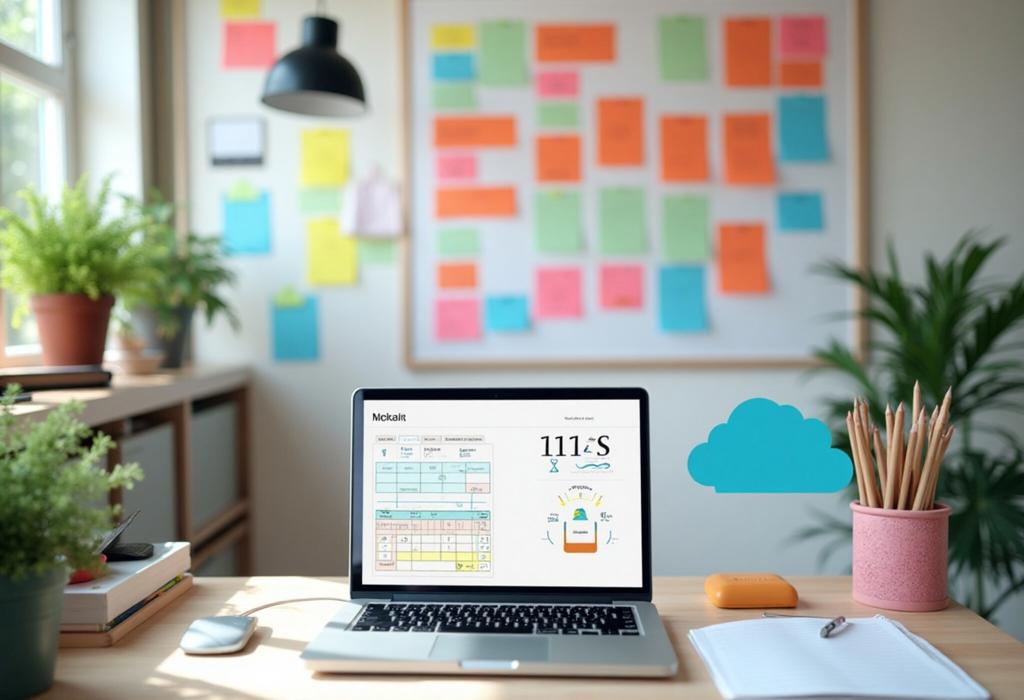For more details on this content, please review the step-by-step guide and frequently asked questions.
How to Organize Your Digital Life for Maximum Productivity

Step-by-Step Guide
Assess Your Current Digital Landscape
Take stock of all your digital devices, accounts, applications, and files. Make a list of everything you use regularly and identify any areas where clutter has built up. This will give you a clear starting point for your organization efforts.
Set Clear Goals
Define what productivity means for you. Decide on specific objectives such as reducing distractions, improving efficiency, or simplifying data access. Having clear goals will channel your organization efforts effectively.
Choose the Right Tools
Research and select tools that match your needs. This may include task management apps, cloud storage services, note-taking tools, or digital calendars. Consider choosing tools that integrate well with each other to enhance workflows.
Organize Your Files
Develop a folder structure that makes sense for your work style. Use clear and consistent naming conventions, and categorize files by project, type, or importance. Regularly declutter your digital storage by deleting or archiving files you no longer need.
Implement a Task Management System
Choose a task management tool that works for you—such as Trello, Asana, or Todoist. Create actionable tasks with realistic deadlines, and prioritize them based on urgency and importance. Always review and update your task list regularly.
Use a Digital Calendar
Use a digital calendar to plan your day and manage time effectively. Block out time for tasks, meetings, and breaks. Set reminders for important tasks and deadlines to keep you on track.
Establish Routines
Create daily and weekly routines that include check-ins with your task list and calendar. Dedicate specific times for planning your week ahead and reflecting on what you've accomplished.
Minimize Digital Distractions
Limit notifications from apps and devices while you work. Consider using tools like Focus@Will which provide music designed to boost productivity, or website blockers to minimize distractions from social media and other time-wasting sites.
Sync and Back Up Your Data
Implement regular syncing and backup strategies. Use services like Google Drive or Dropbox for cloud storage and ensure that important files are backed up periodically to reduce data loss risks.
Review and Adjust
Set a regular schedule for reviewing your organization systems. Check if your tools, routines, and workflows are effectively supporting your productivity goals. Don't hesitate to adjust your strategy based on what you learn.








